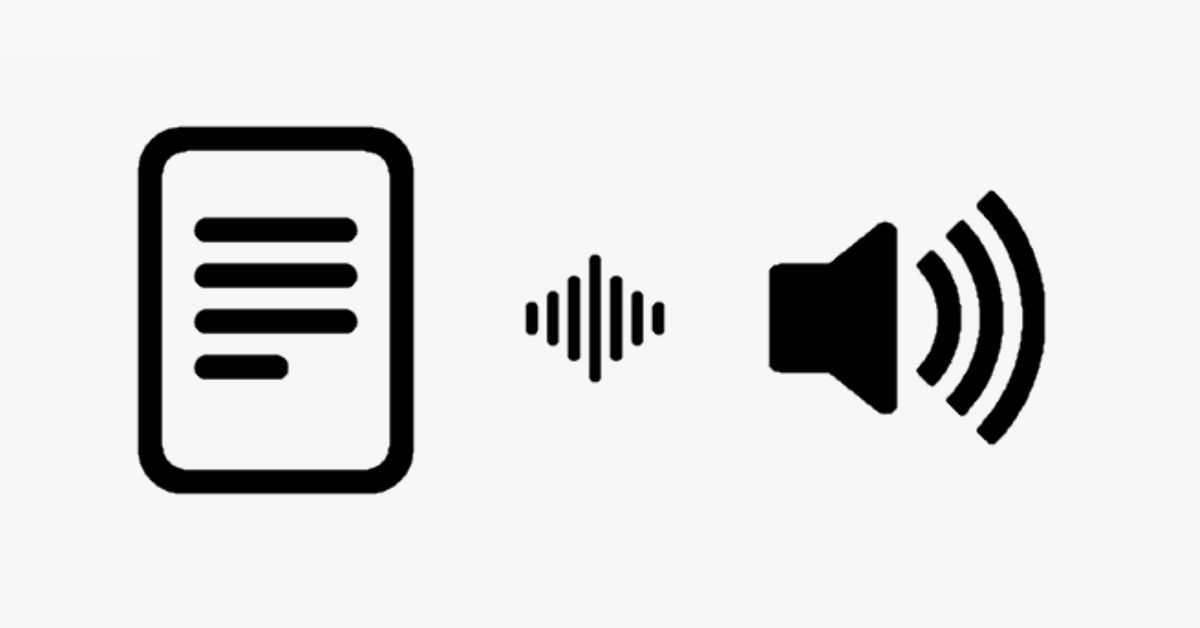Understanding Text-to-Speech (TTS) Technology
What is Text-to-Speech (TTS) Technology?
Text-to-Speech (TTS) technology refers to the process of converting written text into spoken words using software programs and algorithms. TTS has grown significantly in popularity and capability with advancements in artificial intelligence and natural language processing, enabling a wide range of applications, from accessibility tools for individuals with disabilities to the integration of voice interfaces in modern devices.
How TTS Works
The basic functioning of TTS involves several key components:
- Text Analysis: This initial stage requires the software to analyze the input text. It breaks down the text into manageable segments, identifying words, phrases, punctuation, and even context to better produce the correct pronunciation.
- Linguistic Processing: Once the text is segmented, linguistic rules are applied to understand the grammar, syntax, and semantics of the sentence. This step helps the system recognize the appropriate tone, inflection, and stress points.
- Phonemic Conversion: This involves converting the processed text into phonemes—the smallest units of sound in speech. Each word is broken down into its phonetic equivalent, allowing the system to pronounce the text accurately.
- Prosody Generation: Prosody refers to the rhythm, stress, and intonation of speech. TTS systems generate prosodic features based on punctuation and phrasing, which contribute to more natural-sounding speech.
- Speech Synthesis: Finally, the phonemes and prosody information are fed into a speech synthesis engine that outputs the audio signal. There are two primary methods of speech synthesis:
- Concatenative Synthesis: This method uses a database of recorded speech segments (units) that are combined to generate speech output. The quality is usually high, but it might sound less flexible.
- Parametric Synthesis: In this approach, the speech is generated using mathematical models to produce sound waves, resulting in more flexibility but sometimes lower naturalness compared to concatenative synthesis.
Applications of TTS
TTS technology has a variety of applications across different fields:
1. Accessibility
TTS plays a critical role in making written content accessible to individuals with visual impairments, reading dyslexia, or other disabilities. Screen readers rely on TTS to read aloud the content on web pages, e-books, and software applications.
2. E-Learning
In e-learning contexts, TTS tools can help create engaging educational content by converting textbooks and course materials into audio formats. This facilitates multitasking and learning on the go.
3. Customer Support
Many businesses integrate TTS in their customer support systems, allowing users to interact with automated voice responses. Chatbots and virtual assistants often rely on TTS to communicate effectively with customers.
4. Multimedia Content Creation
Content creators, including podcasters and video producers, use TTS to generate voiceovers for their projects. This can save time and costs associated with hiring professional voice talents.
5. Navigation Systems
GPS devices and in-car navigation systems utilize TTS technology to provide spoken directions, enhancing the driver’s experience and ensuring safety by allowing hands-free navigation.
6. Language Learning
TTS can assist language learners by providing accurate pronunciation examples. Users can hear how words and phrases are pronounced, improving their speaking and listening skills.
Advantages of TTS
- Accessibility: TTS makes information accessible to people with disabilities, promoting inclusivity.
- Cost-Effective: Using TTS can be more economical than hiring human voice talents for voiceovers and recordings.
- Consistency: Automated systems provide consistent quality and delivery without the variations that human speakers might introduce.
- Speed: TTS can quickly generate spoken content from written text, saving time for content creators and businesses.
Disadvantages of TTS
- Lack of Emotional Depth: While improvements have been made, TTS often still falls short in conveying emotions compared to human voices. The subtleties of tone and inflection can be lacking.
- Pronunciation Issues: TTS systems may occasionally mispronounce words, especially complex or domain-specific terms, leading to misunderstandings.
- Dependence on Technologies: Relying heavily on TTS can lead to the risk of losing essential human touch in communication, especially in sensitive or nuanced contexts.
Future of TTS
The future of TTS technology looks promising, characterized by continuous advancements in machine learning and AI. Innovations such as voice cloning, emotional speech synthesis, and personalized voice settings are on the horizon. Companies are investing in research to create even more natural and expressive voices, allowing users to select voice characteristics that suit their preferences.
With the rise of virtual and augmented reality, TTS may also find applications in creating immersive experiences where realistic voice interactions can enhance user engagement.
Conclusion
Text-to-Speech technology represents a significant leap in how we interact with digital content. Its applications span various fields, making information more accessible and engaging. As advancements continue to evolve, TTS is set to play an increasingly integral role in our daily lives, enhancing communication, accessibility, and user experience in the digital world. With ongoing research and development, the lines between human speech and AI-generated voice are rapidly blurring, ushering in new possibilities for how we consume information and communicate.





